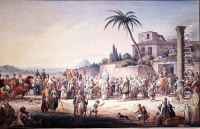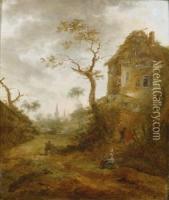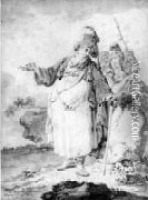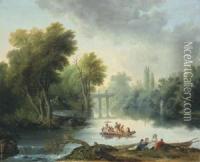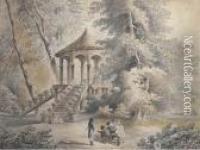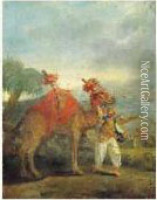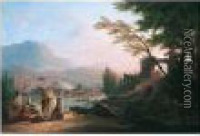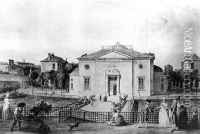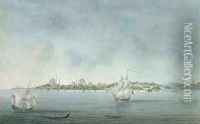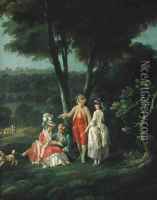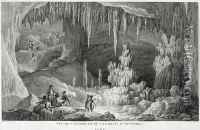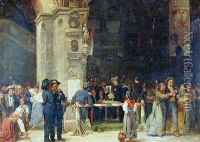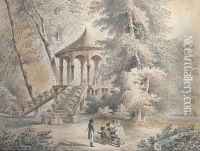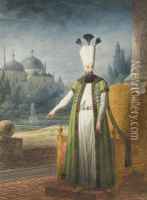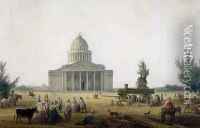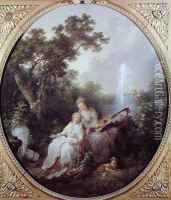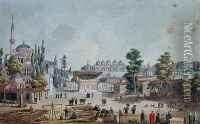Jean-Baptiste Hilaire Paintings
Jean-Baptiste Hilaire was a French artist known for his landscape paintings, watercolors, and engravings. Born in 1753, he became active during a period of art that was characterized by a transition from Rococo to Neoclassicism. Hilaire's works often depicted serene landscapes and were marked by a delicate sense of composition and a soft, subtle use of color.
Hilaire's artistic journey began as a student under the guidance of landscape painter Joseph Vernet. His education in Vernet's atelier allowed him to develop a keen eye for naturalistic detail and a solid grounding in the principles of landscape painting. Hilaire's early works show a strong influence from his mentor, with an emphasis on the grandeur and beauty of nature.
Throughout his career, Hilaire contributed to various exhibitions at the Paris Salon, the official art exhibition of the Académie des Beaux-Arts in Paris. His paintings were well received, and he gained recognition for his ability to capture the tranquil and picturesque aspects of the French countryside, as well as scenes from his travels abroad.
In addition to his landscape paintings, Hilaire was also an accomplished engraver and watercolorist. His engravings often featured architectural and topographical subjects, displaying his versatility as an artist and his skill in different mediums. His watercolors, on the other hand, allowed him to explore a more fluid and expressive approach to landscape art.
Jean-Baptiste Hilaire's body of work reflects the sensibilities of his time, where an appreciation for the beauty of nature was often intertwined with a classical approach to art. He continued to paint and exhibit until his death in 1822. Though not as widely known as some of his contemporaries, Hilaire's contributions to French landscape painting continue to be appreciated by art historians and collectors for their elegance and tranquility.
